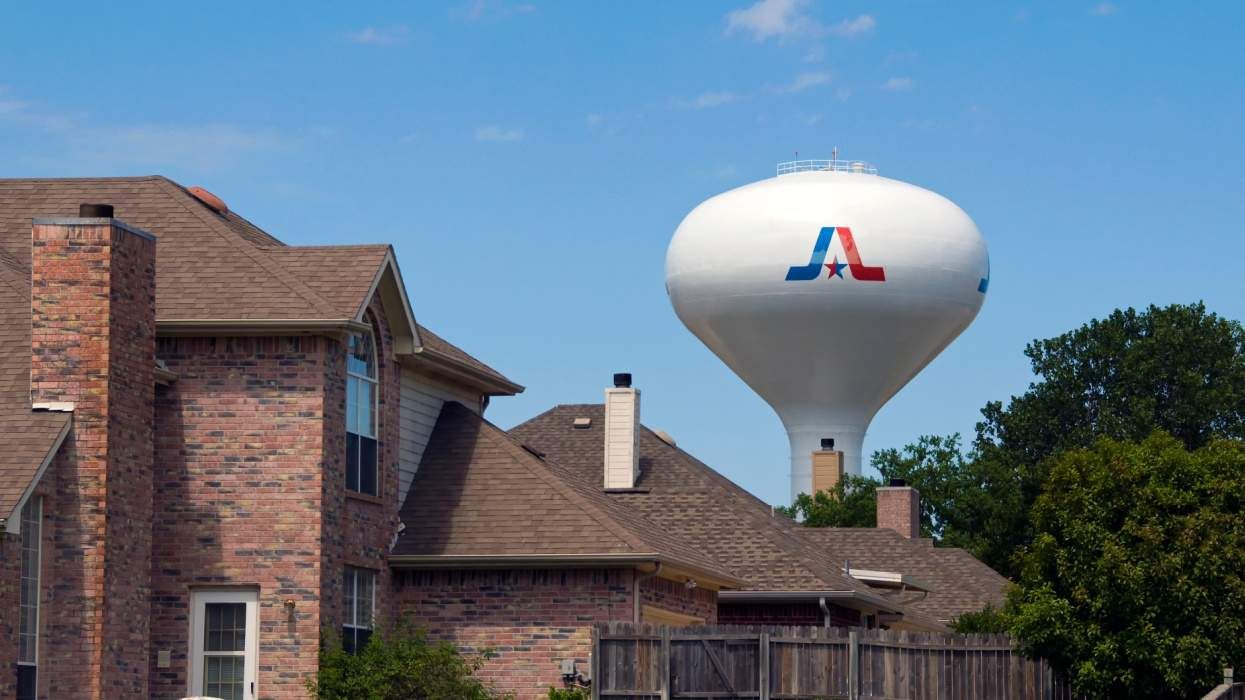English Heritage has recognized Hadrian's Wall as a landmark “linked to England’s queer history,” upholding the LGBTQ+ ties to one of the most prominent relics of the Roman Empire.
The Romans constructed the stone wall during the second century of the common era, approximately 1,900 years ago. Spanning 73 miles at its completion, the wall once traveled the entire width of what is now northern England. It is considered to be one of the best-preserved artifacts from the time period.
English Heritage, a charity that manages over 400 historic monuments in the country, wrote about the landmark's significance in a recent email to its membership, via The Telegraph, to mark the end of pride month in the United Kingdom. The organization said that Hadrian's Wall is “linked to England’s queer history” through the emperor's well-documented history of gay relationships.
Hadrian had several male lovers while he was married to his wife, Sabina. The most prominent one was Antinous, a younger Greek man who accompanied the emperor on his tours of expansive Roman territories. When Antinous died at the age of 20 by drowning in the River Nile, Hadrian was so heartbroken that he remained in mourning for years, filling his palace with statues that resembled his lost lover, naming stars and flowers after him, and holding festivals and athletic games in his honor.
After his death, the emperor also elevated his late lover to the status of a god, erecting temples to him throughout the empire. He also established the city of Antinopolis in his honor. Same-sex relationships were common in ancient Rome, but National Museums Liverpool still hails Hadrian and Antinous as “the most famous homosexual couple in Roman history."
In their recent email, English Heritage wrote: “To understand Hadrian’s Wall, you have to understand the Roman emperor who built it – his career, his life, and the times in which he lived."





































































Charlie Kirk DID say stoning gay people was the 'perfect law' — and these other heinous quotes